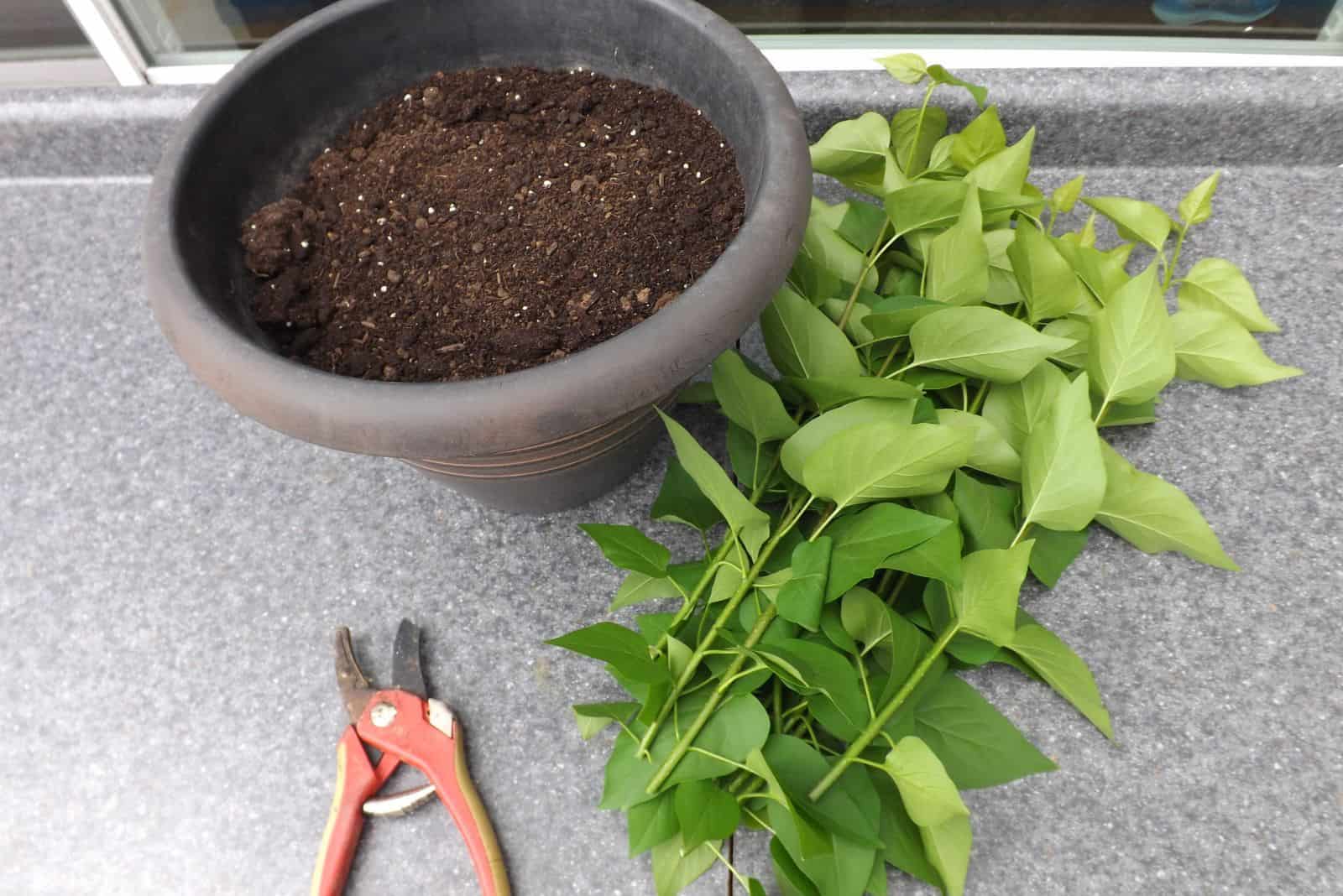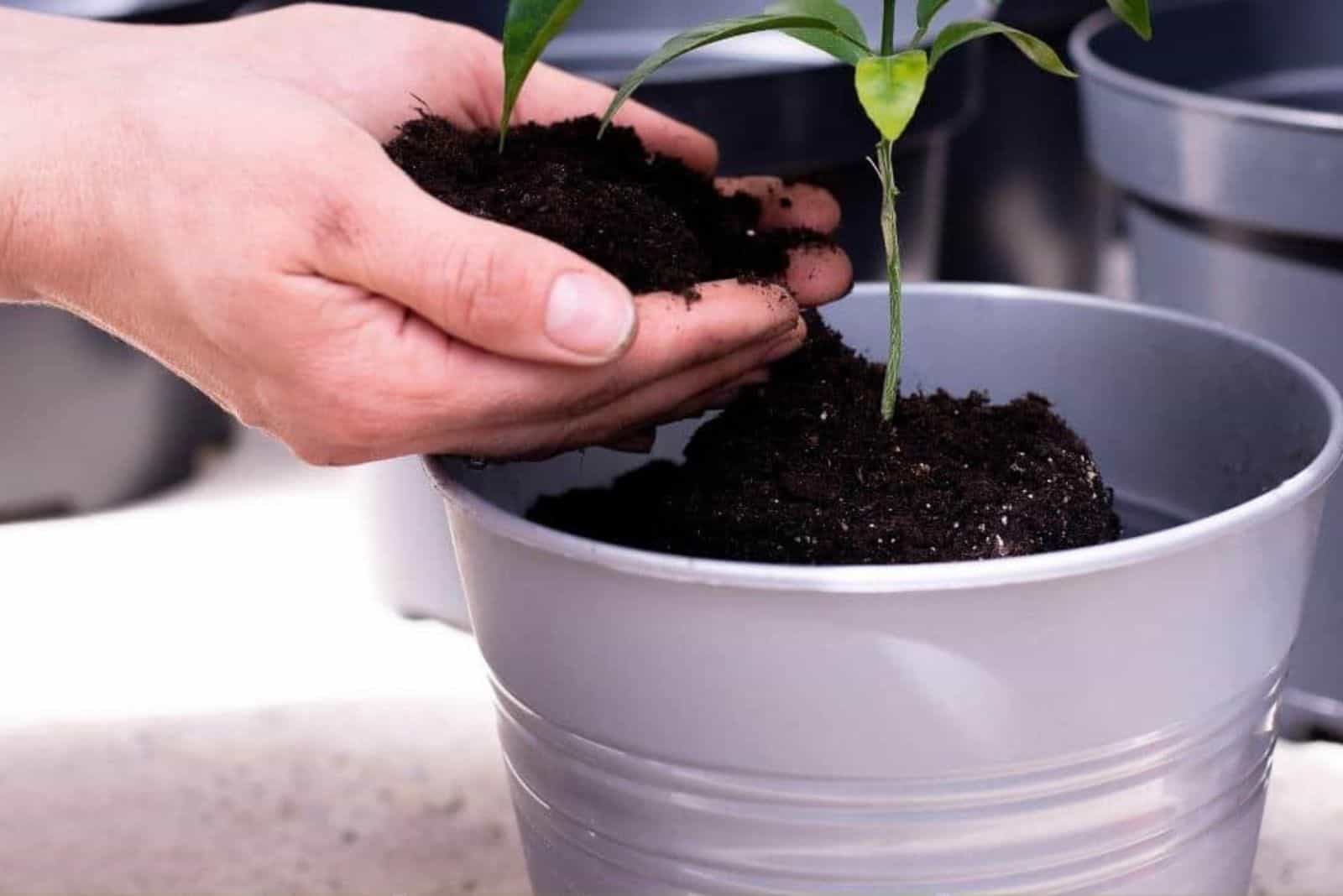Once the blossoming season of lilacs begins, it makes us want more and more of these gorgeous plants!
A cost-effective and simple way to get more lilacs is by propagating them. You can choose between a few propagation methods including seed, cuttings, layering, and grafting.
Whether you want to keep them for yourself or gift them to your friends or family, here’s a complete guide on how and when to propagate lilacs.
Let’s get started!
When To Propagate Lilacs
The key to successful lilac propagation lies in choosing the right time to start. The perfect timing actually depends on the propagation method you decide on.
For example, if you choose to start your lilacs from seeds, it would be best to plant them in the fall. The reason is that the seeds need to go through the process of stratification. (1)
To put it simply, you need to provide them with the conditions found in their natural environment during the winter to prevent them from germinating too early.
You can propagate these spectacular plants through both softwood and hardwood cuttings.
If you decide on the first option, the best idea would be to take the cuttings at the beginning of the growing season, i.e., late spring or early summer. During this period, the lilac cuttings are young and very flexible.
On the other hand, if you decide on propagating lilacs through hardwood cuttings, it’s best to start in the winter because the plant is dormant during this period (doesn’t display new growth).
Choosing the perfect time for lilac propagation highly increases the success rate.
How To Propagate Lilacs Through Seeds
Before I started propagating plants, I thought that it was easiest to start them from seeds. You simply put them in the ground, add some water, and that’s it.
Little did I know…
If you decide on starting your lilacs from seeds, you need to be aware that this process takes a lot of time and patience is very important.
The seeds of this plant have a hard outer shell, so you need to assist them to exit physiological dormancy. The only way to do it is through the process of stratification I mentioned before.
You need to soak the seeds for 24 hours, put them in a location where temperatures are around 40 degrees Fahrenheit, and leave them there for a few weeks.
After the process is completed, you need to plant the lilac seeds in a suitable soil mix, give them a lot of indirect sunlight, and mist the soil regularly.
As you can see, this propagation method isn’t easy, so if you’re a beginner it might be better to start with the techniques I’ll describe below.
Propagating Lilacs Through Cuttings
We discussed when to take softwood and hardwood cuttings, now it’s time to find out how to root them. I have to mention that this is the easiest way to get new lilacs, so if this is your first time propagating these flowers, go with this method.
When taking the softwood cutting, select a leaf node and make an incision slightly above it. These lilac cuttings should be approximately 5 inches long. Plant them in a free-draining growing medium and put the pot in a spot where it can receive a lot of bright indirect light.
If your lilacs are dormant, you can take hardwood cuttings. They should be long and contain at least three nodes for successful propagation. When you remove the cutting from the mother plant, scrape off some bark at the bottom and dip it in a rooting hormone.
Put some well-draining soil in the pot and bury the lilac cutting so that approximately two-thirds is below the soil line.
Layering Method
Another simple propagation method to use for lilacs is air layering. If you decide on this technique, it’s best to start propagating during the growing season, i.e., during spring and summer when the branches are pliable.
Make a shallow incision on the underside next to the node. Again, you’ll need to treat the wounded area of the lilac branch with a rooting hormone. Cover the branch with some soil and wait until the roots develop.
You’ll have to be patient because the roots need a couple of months to form and be ready for transplantation.
Grafting Method
You can propagate your lilac using the grafting technique, but this is more suitable for experienced growers.
If you’re experienced, then start propagating through grafting in late winter when your lilac is still dormant. You’ll need a lilac cultivar and a rootstock, just make sure the rootstock is compatible.
This technique will give you a new plant with preferred traits. Grafting is actually intended for preserving the consistent color of blossoms and propagating rare or sensitive varieties.
How To Transplant Young Lilacs
Once your lilacs develop robust roots, you can start with transplantation. I always recommend transplanting these plants when they’re dormant.
When transplanting your lilacs, you need to pay attention to location, space, and soil type. The spot must receive enough direct sunlight, and the soil needs to be free-draining and slightly alkaline.
These plants don’t tolerate temperatures that are too high or too low. You can grow lilacs in Colorado or Deep South because winters aren’t too harsh and temperatures during summer aren’t too high.
Make sure to leave enough space for your lilac to spread and reach its mature growth stage.
Dig a hole big enough to fit a lilac root ball and loosen the ground around it to enhance root development. Amend the soil with compost to boost nutrient levels. Give your lilacs a good soak after transplantation and inspect them regularly to see if there are any signs of transplant shock.
Are you ready to grow your own lilac haven? Choose a propagation method based on your skills and experience, and enjoy the splendid lilac blossoms all season long!
References
1. Seed stratification: What seeds require cold treatment. (2022, January 27). Illinois Extension. https://extension.illinois.edu/blogs/good-growing/2022-01-27-seed-stratification-what-seeds-require-cold-treatment




